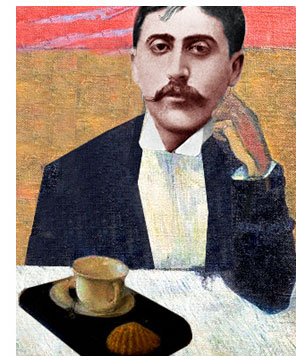I’m pleased to announce the release of the new issue of the journal Emotions: History, Culture, Society, which includes my article Anger as Misshapen Fear: Fascism, Literature, and the Emotional Body. 
Category Archives: Subjects
Socialising anger. Fascism and emotions
Last June 22nd I participated in the Literature and Social Emotions Conference at the University of Bristol. I presented a paper titled Socialising Anger. Literary Representations of Emotional Communities under Fascism, which is a development of the research I first presented one year ago and will result in a broader scrutiny on the representation of emotions in fascism-related Italian literature. What follows is the text of the Bristol’s paper.
1.
Italian fascism pursued strict management of public feelings. It aimed at a wide and deep control of human thoughts and experiences. That is to say, it built what William Reddy defines an ‘emotional regime’; it established a set of practices which inculcated normative emotions, like enthusiasm, exaggerated optimism, national pride. Nevertheless, the euphoric feelings displayed in public represent just one of the emotional layers of fascist Italy. Despite the appearance of unanimous acceptance, fascism largely derived consensus from violence and intimidation. As denounced by Carlo Emilio Gadda in the very first lines of his anti-fascist satire Eros e Priapo, written in 1944-1945.
Collective and individual consciousness, threatened by the knife, the truncheon, the torture; and silenced by prisons, extorsions, vetos against free expression; it was concealed in a hidden, invisible lagoon of history, beyond hate and dullness, and belonged to the refugees, the persecuted, the prisoners, the humiliated, children of deportees and executed to death.
Along with material and physical coercion, fascism caused the emotional suffering of part of the population. Gadda sketches the existence of what Reddy would call an ‘emotional refuge’, a cluster of social conditions and related practices diverging from the emotional regime.
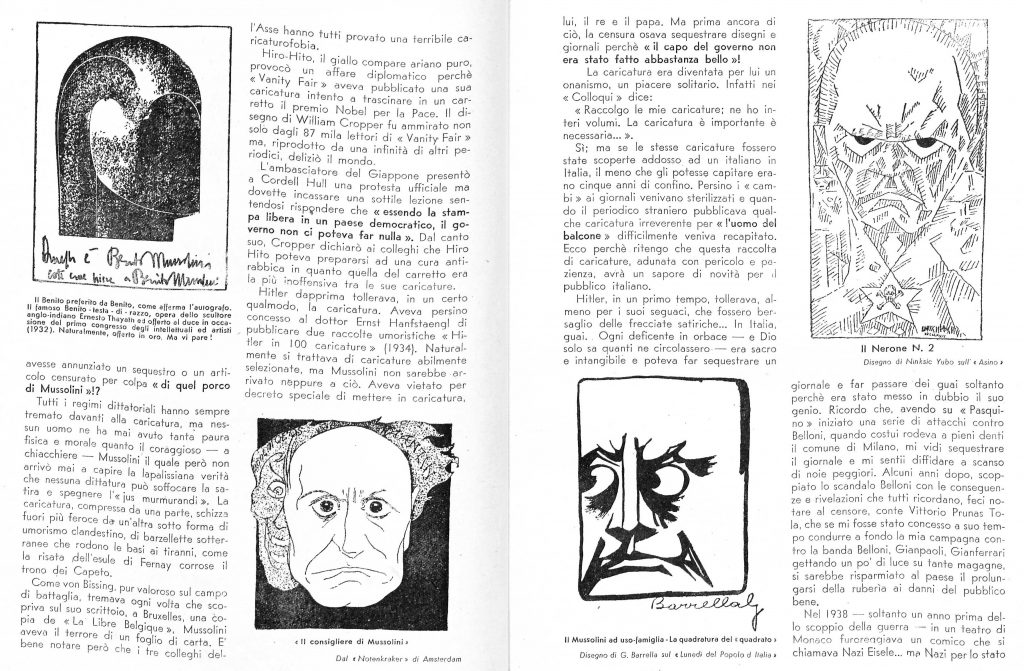
Windows of the soul: caricature and physiognomy
Wednesday 28 February I was at Warwick University as an invited speaker within the research seminar series of the School of Modern Languages and Cultures. I publish here an excerpt of my talk, summarising the main point I tried to make and discussing some example of literary caricatures. Here the uncut version.
With this talk, I aim at clarifying the mutual enhancement of caricature and physiognomy. As Martin Porter puts it, physiognomy is a form of “natural magic”, a language in which all aspects of human appearance are natural “windows of the soul”. Physiognomy is assessed as “magic” and archaeological knowledge for the modern epistemology deprived it of recognised scientific reliability. Still, it has been a long-standing and pervading presence in Western Culture. Over time, it has registered the multiple and diverse attempts to connect what is visible of the human body to what is invisible and concerns the soul and the mind; to establish a relationship between the outside and the inside; to find homologies between superficial lines and deep forces, physical outlines and moral attitudes.

Lithographic drawings illustrative of the relation between the human physiognomy and that of the brute creation / From designs by Charles Le Brun. Wellcome Collection.
Portraits and caricatures
It has been published the volume Il dialogo creativo. Studi per Lina Bolzoni, edited by Maria Pia Ellero, Matteo Residori, Massimiliano Rossi, and Andrea Torre (Lucca: maria pacifini fazzi editore, 2017).
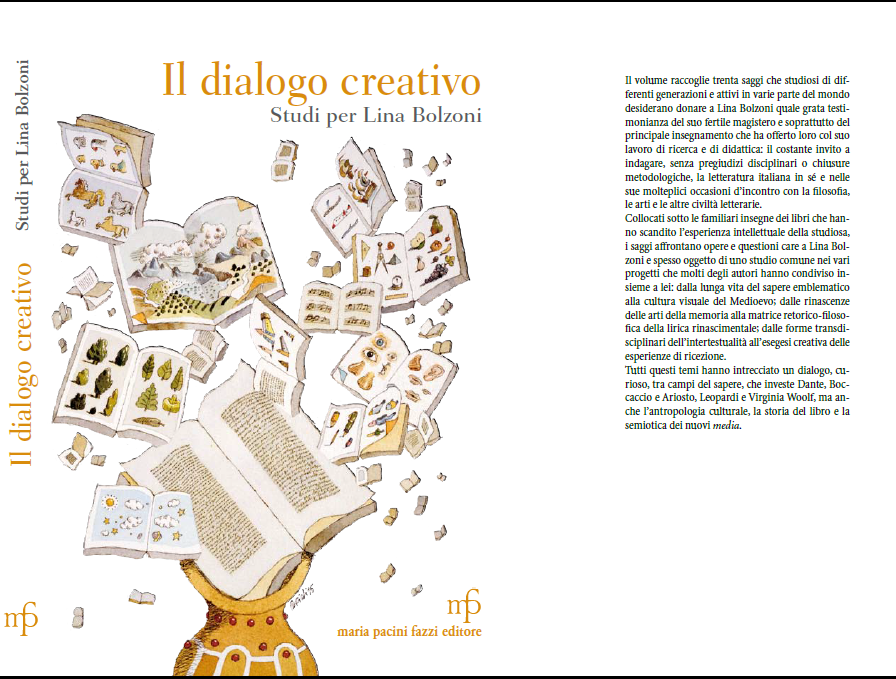
The book is conceived as an homage offered to Lina Bolzoni in the occasion of her retirement. Lina Bolzoni is an outstanding scholar in Renaissance Studies and established original, unexplored paths of inquiry regarding several aspects of visual and literary culture in the Early Modern period. It was my privilege to be one of her students and to collaborate with her as a post-doc researcher within the ERC project Galassia Ariosto. Continue reading
Emotional performances
It has been recently published the volume Ti do la mia parola. Sette saggi sul tradimento, edited by Alessandro Benassi and Serena Pezzini, with an introduction by Paolo Godani (Roma: Edizioni di Storia e Letteratura, 2017).

Anger as misshapen fear: fascism and the emotional body
What follows is the text of the paper I gave the 20 June 2017 at the International Conference «Fears and Angers. Historical and Contemporary Perspectives», Queen Mary University, 19-20 June 2017.
Probably Federico Fellini’s Oscar-winning movie, Amarcord, released in 1973, perfectly defines what was supposed to be the, as William Reddy would say, «emotional regime» of fascism. Enthusiasm, faith, happiness, and veneration for the Chief were the dominant public feelings endorsed by fascism. But, despite the public ceremonies being widely, and often sincerely, officiated by Italian people, fascism largely derived consensus from violence and intimidation.
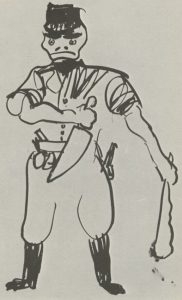
Giacomo Manzù, Black Brigadist, 1943
Ariosto Galaxy: beyond the book
I’m immensely happy to talk about the release of the book Galassia Ariosto. Il modello editoriale dell’Orlando Furioso dal libro illustrato al web, edited by Lina Bolzoni and published by Donzelli.
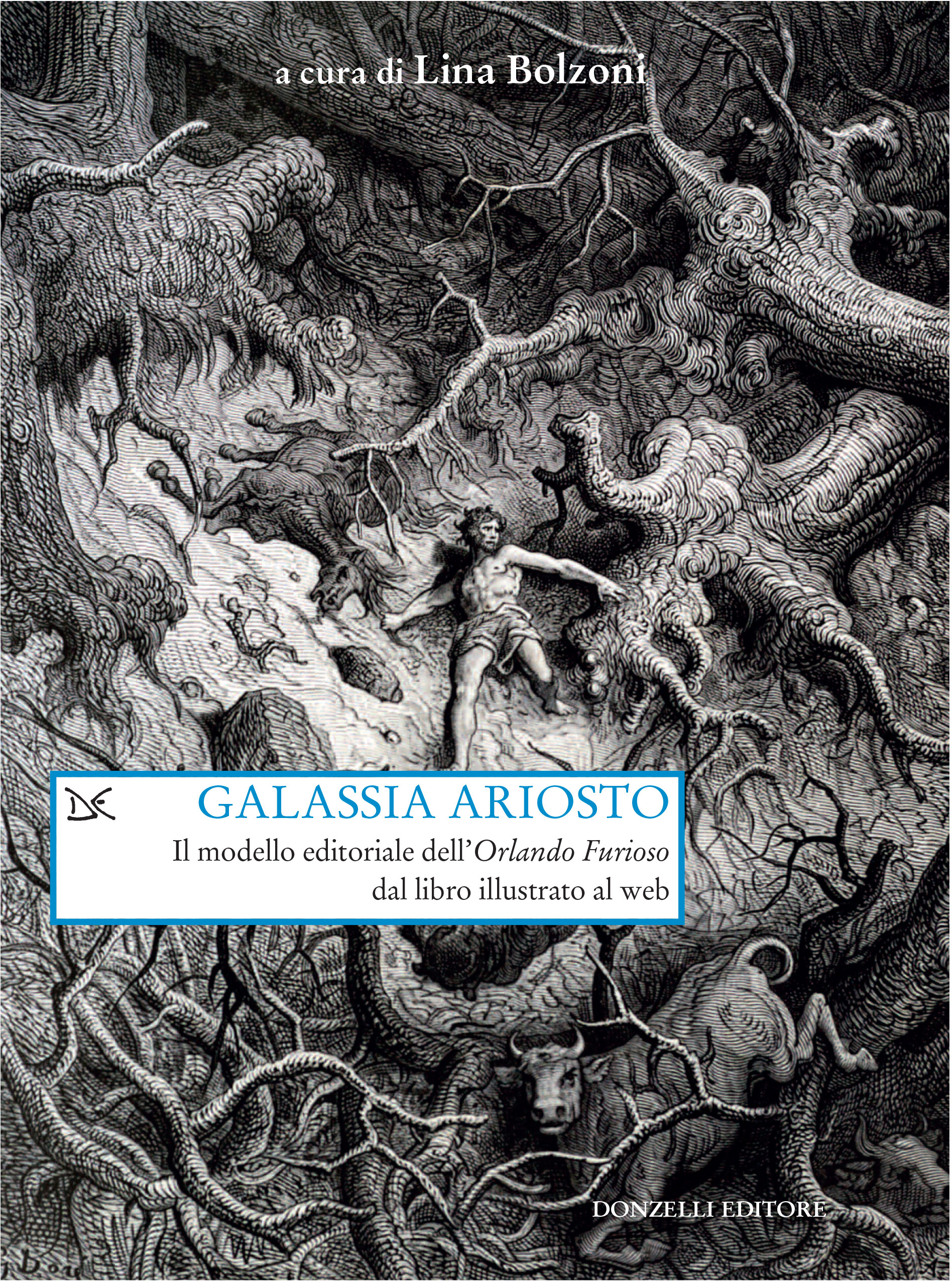
Galassia Ariosto is more than a book: it is the tip of the iceberg of the five-years project Looking at Words through Images run at the CTL – Centre for Data Processing of Texts and Images in the Literary Tradition, Scuola Normale Superiore di Pisa – and dedicated to the editorial galaxy grown during the Sixteenth century around the international success of Ludovico Ariosto’s Orlando Furioso. Particularly, the project addressed the spreading of illustrated books and the network of relations this editorial format established between texts and images.
Breaking news! Media and caricature in Bontempelli’s literature
I just published the essay “Edizione straordinaria! Bontempelli e la cognizione della Grande Guerra”, within the volume Dal nemico alla coralità. Immagini ed esperienze dell’altro nelle rappresentazioni della guerra degli ultimi cento anni, edited by Alessandro Baldacci (Firenze: LoGisma, 2017).
The essay analyses two novels by the Italian writer Massimo Bontempelli, La vita intensa (1920) and La vita operosa (1921). I look at how these literary texts represent the «intense life» of the post-WWI metropolis, in whose spaces an analogy is established between the violence of war and the violence of peacetime dominated by the semiotic aggressiveness of modernity. Particularly, the psychic pressure of war seems to be extended by the pressure of the media system, which in those years was sky-rocketing and becoming increasingly complex and widespread.
Bontempelli’s two experimental novels are first published serially in two different magazines: «Ardita», a graphically dynamic and modern magazine issued monthly with the newspaper «Il Popolo d’Italia», in the case of La vita intensa.
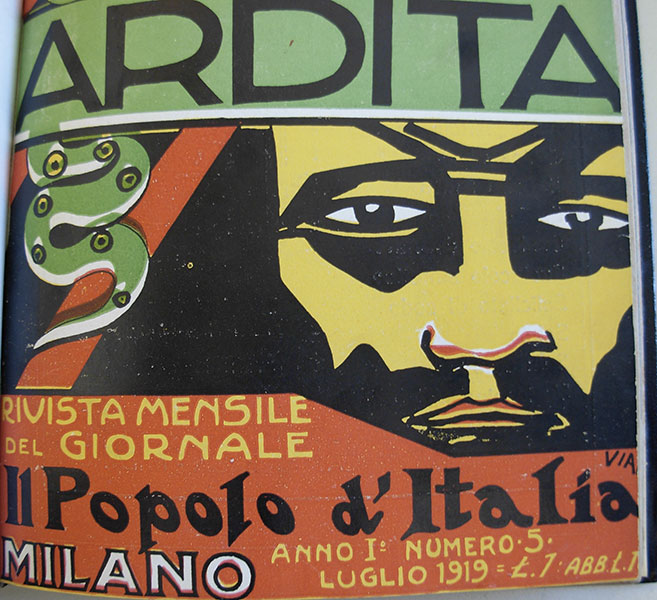
«Ardita»’s cover designed by the artist Lorenzo Viani
«Industrie Italiane Illustrate», a journal funded by industrial companies, in the case of La vita operosa, which interestingly is a novel that largely satirises the way capitalism affects the human existence at the point that even bodies and minds are shaped by its force.

Brexit. Good night and good luck, Europe
I recently interviewed the historian Donald Sassoon on Brexit and the (poor) political situation in Europe. Our dialogue will introduce a book titled Brexit. Buona fortuna, Europa, published by Luca Sossella Editore within the new series Collassi, directed by Luca Massidda and Mario Pireddu and dedicated to the analysis of contemporary emergencies: disruptions of the past, crises of the present, and symptoms of the future.

Fetishizing memories. Emotional objects in literature
I publish the text of the talk I gave on November 20th at the Royal College of Nursing in London for the event Emotional Objects: From Lost Amulets to Found Photos, organised by the Centre for the History of Emotions of Queen Mary University within the Human Being Festival 2017.
With this talk, I hope I can suggest a standpoint on the literary work of the Italian contemporary writer Michele Mari by showing how his writing is consistently focused on the relation between memories and objects. In his last book, Leggenda privata, an autobiography disguised as a horror story (but also the other way round: a horror story disguised as an autobiography), published a few months ago, he writes: «All my books are about the soul entrusted to things».
Before going into Mari’s emotional fetishism, though, I want to introduce another outstanding fetishist, Marcel Proust.
I assume few people in the world, even among literary scholars, have read the thousands of pages of Marcel Proust’s Remembrance of Things Past entirely. But I’m pretty sure a fairly larger number of people know the most famous scene of the novel, whose main character is a traditional shell-shaped French cake, the madeleine.
